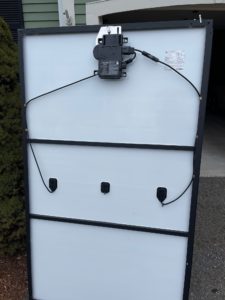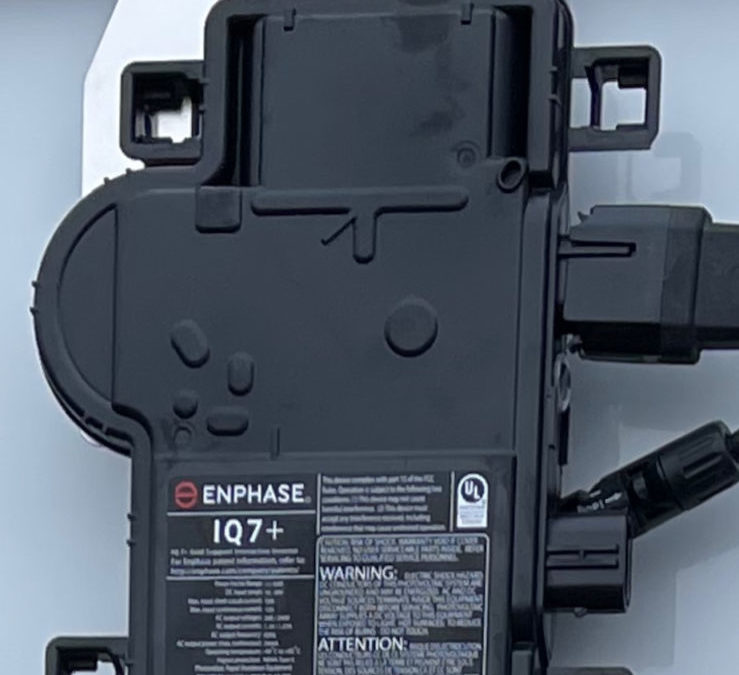Getting solar panels installed at a residential property is becoming more and more popular as people begin to take advantage of MA Solar Panel Incentives and see how much they can save on electricity costs. The most complex electronic device in a solar power system is the inverter. Inverters are responsible for taking the direct current created by solar panels and turning it into alternating current that can be used to bring green energy in your home. There are two types of inverters to choose from before you can start saving with solar energy. They are string inverters and microinverters. Each type of inverter will complete the same task but they do it in very different ways.
What is a string inverter?
Depending on the size of the system, there are typically only one or two string inverters per property. String inverters function in a series, meaning that solar panels are wired together in a string and all connect to the inverter in the same line. Having only one or two inverters on your system makes it easy to troubleshoot, they are usually installed by your main service panel and electricity meter making them easy to access. Typically if there is an issue with a solar energy system the inverter is to blame so having them in a convenient spot will save on labor costs. Not everything about string inverters is good though. Because they are wired in a series if one panel’s output is affected by shade, low light, or dirt the rest of the panels in the series are affected equally. Another downfall of string inverters is that it makes it difficult to plan for during the solar panel installation process or add to the system in the future.
What is a microinverter?
Microinverters are located underneath each solar panel in a system, there is typically one per panel but some microinverters can accept two or four panels. The main advantage of microinverters is that in theory, a system will yield more solar electricity. Unlike string inverters microinverters allow each panel to create the maximum amount of electricity possible without the panels around it affecting the rate of production. If you have issues with shade from trees or your panels are on different facing pitches of your roof microinverters are the way to go. Most microinverters carry a 25-year warranty while string inverters are usually only accompanied by an 8-12 year warranty. Microinverters make expanding your solar energy system less daunting. Adding new panel and microinverter pairs is much easier than having to reconfigure the wiring of your whole system or adding additional string inverters.

How many microinverters can you have on one solar system?
Here is a quick list of the maximum number of Microinverters you can put together in a single branch. Microinverters especially the IQ series have taken the solar industry by storm becoming the most reliable solar solution on the market today. The IQ system will give you less downtime and more reliability.
On one 20 amp circuit at 240 volts single phase by the microinverter model:
- IQ7 = 16
- IQ7+ = 13
- IQ7A= 11
- IQ7X = 12
- IQ8= 16
- IQ8+= 13
- IQ8M = 11
- IQ8A = 11
- IQH= 10
Microinverters monitor the grid constantly for potential errors. This is why we believe that currently in the market Enphase has the superior product. We have been installing Enphase solar systems in Melrose and the surrounding area for over 6 years now and we have had very good luck with little maintenance needed so far. See how much Future Energy Solar can save on your electric bill with our residential solar panel installation services.

